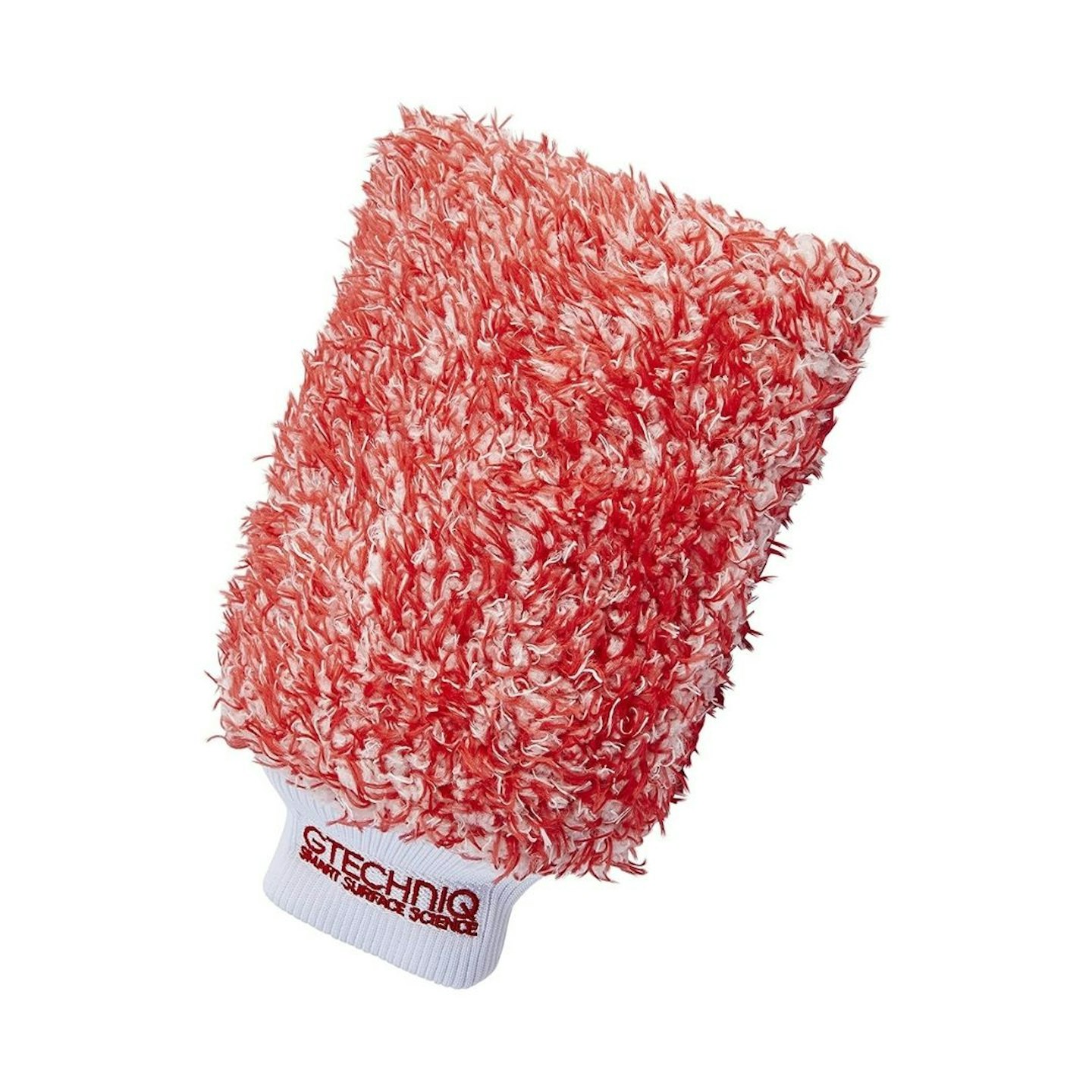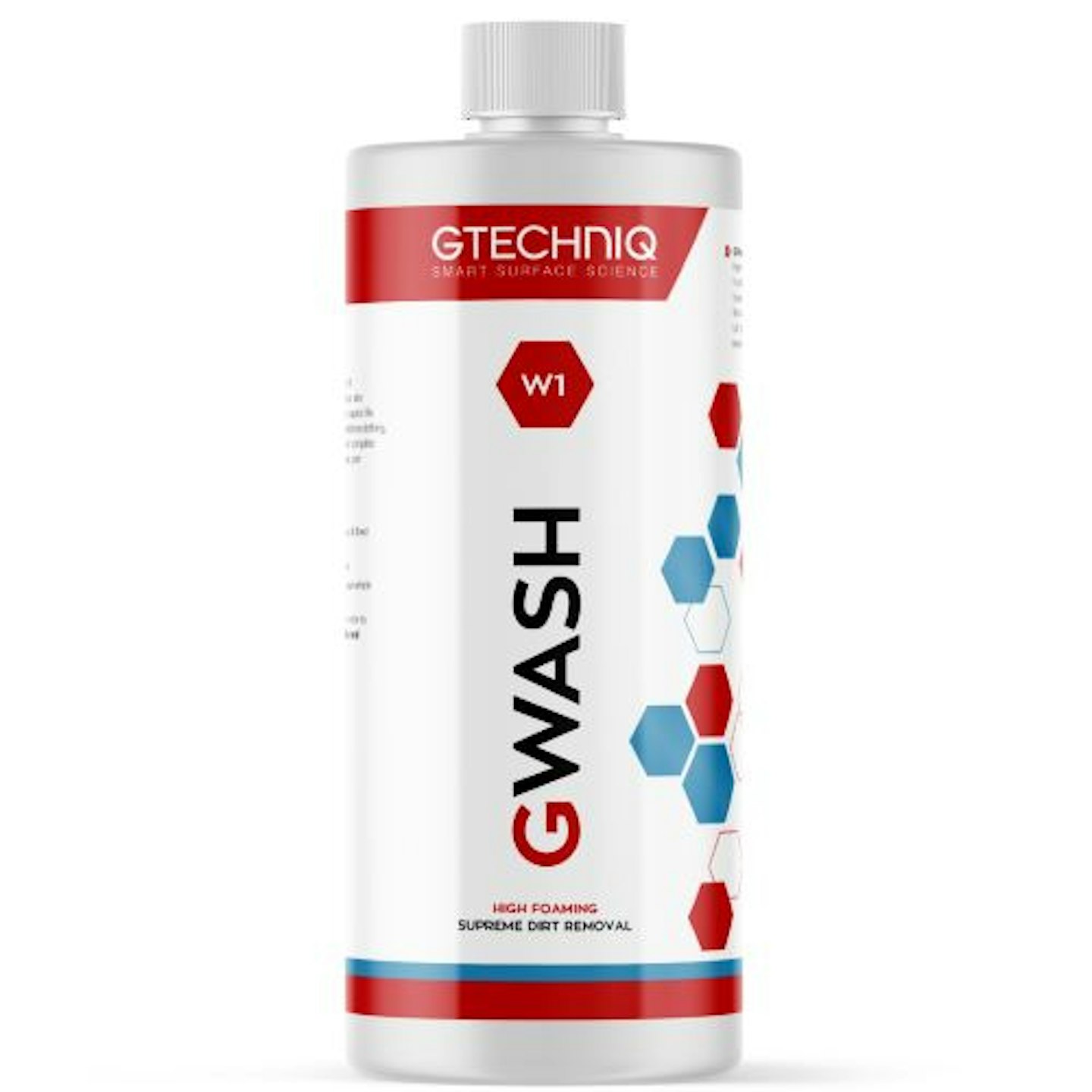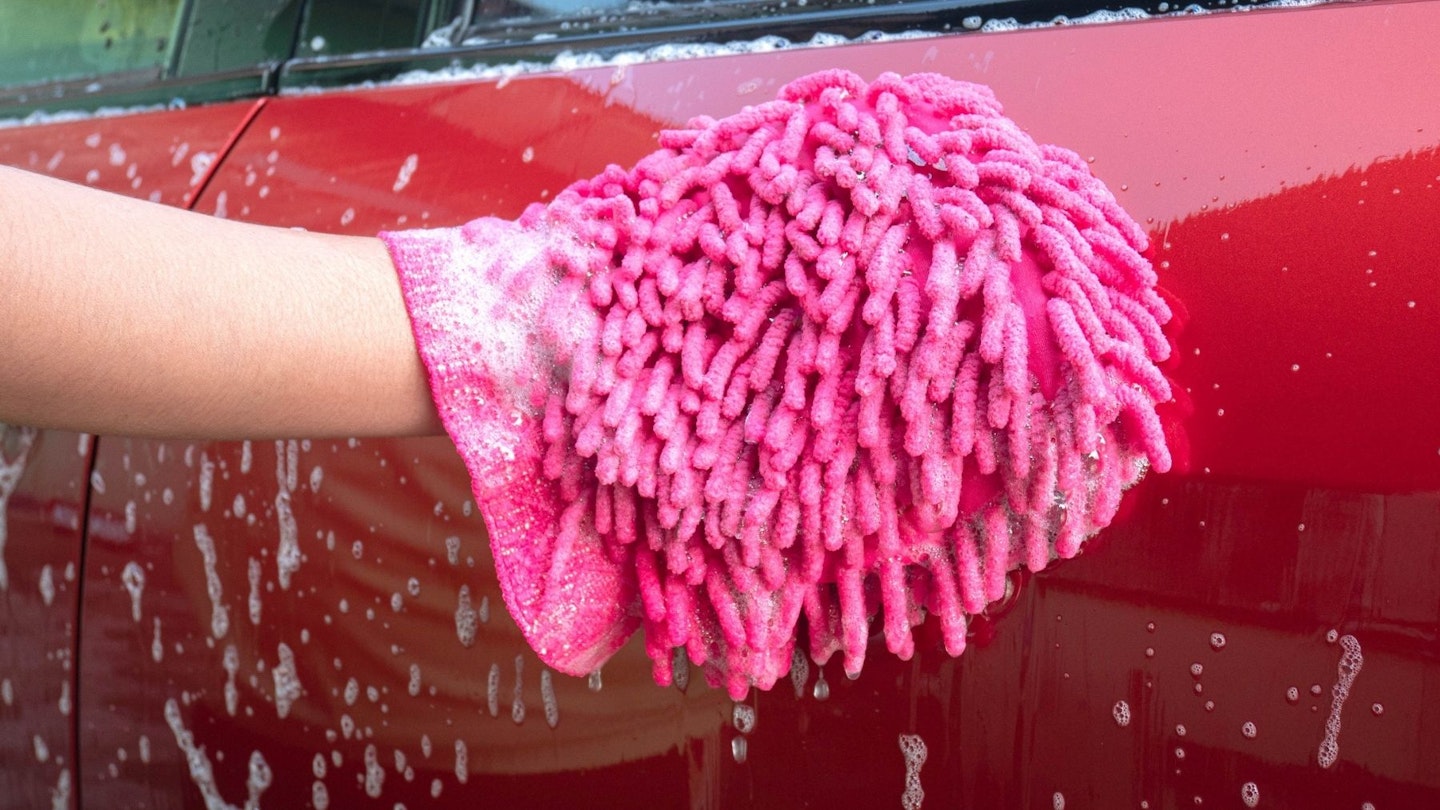You may be aware that cleaning a car can cause a load of scratches, especially if you're still reliant on a cellulose sponge and chamois drying towel. These scratches may be rather minor in appearance but get enough of them and your shiny, curvaceous car may end up looking slab-sided and dull. A good go with some polish will help but neglect your paint too much and those scratches will be too deep to adequately fill.
As such, it's probably a good idea to prevent scratches as much as possible. One of the best ways to avoid scratches is to adopt the double bucket car cleaning method. Join us in breaking down how to do the double bucket car cleaning method and save your paintwork.
What is the two bucket method?
What you need for the double bucket method:
Two proper 20-litre detailing buckets should be your first port of call. One will be your wash bucket and the other will be your rinse bucket. Make sure they're the same size for easy storage (stack them) and also take a look for any bucket accessories you may want to add to your bucket.
An essential accessory for car care, a grit guard that sits in the bottom of a bucket will ensure that the grit and contaminants sink below the grating ensuring that your wash mitt won't pick up these bits and scratch your paintwork.

The best way to avoid scratches is with a quality microfibre wash mitt. It won't trap dirt on bodywork and will help lather up shampoos leading to better overall cleaning. Just remember to rinse it regularly.

A quality car shampoo will also help reduce the chance of scratches occurring. This option from Gtechniq offers brilliant lubrication and is an effective cleaner too, well worth considering.
How to perform the double bucket method:
• Get your two buckets and insert the grit guards into the bottom of them. Then add the recommended volume of car shampoo to the wash bucket and fill both up. You'll be able to tell the difference as the rinse bucket won't have suds.
Top tip: Use the barrel of your pressure washer for the final bit of filling your shampoo bucket, the pressurised water will help the cleaning product lather up
• Ideally you should apply a pre-wash (we love snow foam) to your car before shampooing. This will help soften and break down dirt making cleaning easier and further reducing the risk of scratches occurring.
• Add your clean wash mitt into the wash bucket and then start cleaning your car, working from top to bottom.
• When you can feel a little more resistance it's time to clean your mitt in the rinse bucket. Make sure to rub your mitt against the grit guard to dislodge any embedded debris and ensure the mitt is clean.
• Add the cleaned wash mitt back into the wash bucket to get shampoo on it again and continue cleaning.
• Repeat the wash and rinse until the entire car has been cleaned with shampoo.
• Then it's time to rinse the car with water and begin drying it. Make sure to dry the car with either a drying towel or a dedicated car dryer as these methods will prevent scratches.
Sounds reasonable, I guess
Yes, so far it is, by using two buckets you can save yourself the need to polish your car and stop making your car shampoo water go brown and murky. To make things more complex, however, there's the three-bucket method.
Don't tell me there's more?
Sorry to be the bearer of bad news, but yes there is a method that uses another bucket. Some use it exclusively for the wheels on the belief that the contaminants you'll find on a wheel are simply too mucky to be allowed near paintwork. Others use that third bucket to double rinse a wash mitt to make sure it's even freer of contaminants (definitely overkill).
This obviously means another bucket with another grit guard, more water and more time and complexity to your car cleaning regime.
This is where car cleaning can become too finicky and complex for regular car cleaning, a third bucket method is reserved for Concours Talbot-Lagos and professional detailing competitions (yes they exist). If you're sensible you shouldn't need a third bucket. If you remember to replace the water in your rinse bucket once it goes blacker than tar and give the bucket a quick blast with a pressure washer, you should be just fine.


